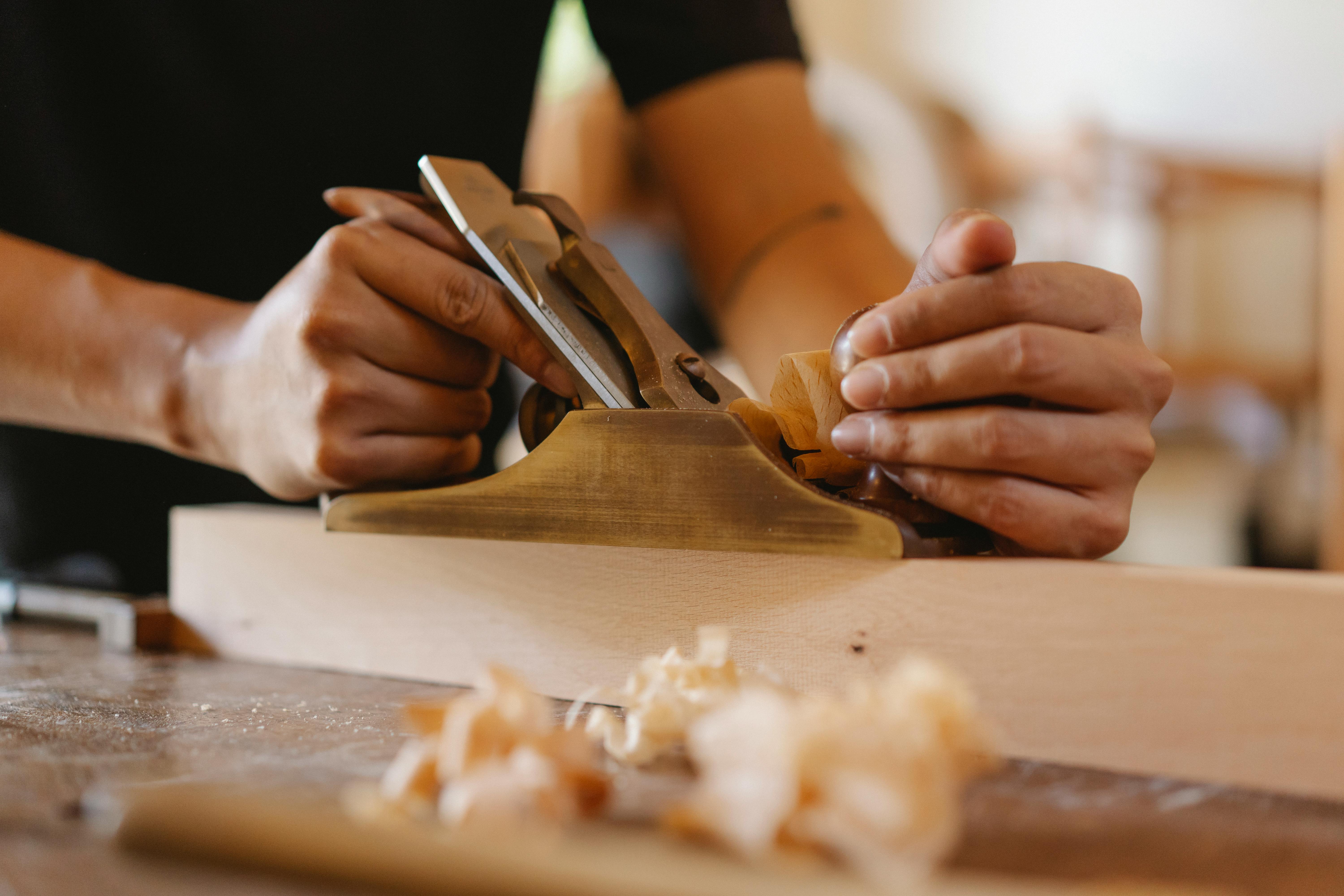
Trademark Infringement: The Eight-Factor Analysis Courts Use to Decide Trademark Infringement
Lawsuits for trademark infringement are becoming more common. This article describes the eight factors that courts use to determine whether one entity has infringed another’s trademark. US trademark protection is granted to the first entity to use a particular mark in the geographic area where it operates, regardless of whether the mark is registered.
Whether an infringement has occurred depends on the likelihood of confusion on the part of consumers of the trademarks in question.
The United States Supreme Court has described the basic objectives of trademark law as follows: “Trademark law, by preventing others from copying a source-identifying mark, ‘reduces[s] the customer’s costs of buying and making purchasing decisions’, as it quickly and easily reassures a potential customer that the trademarked item is made by the same producer as other similarly branded items they have liked in the past . At the same time, the law helps assure the producer that he (and not a competitor imitating him) will reap the reputational and financial rewards associated with a desirable product. ”
To establish a trademark infringement claim or unfair competition claim, a business must show that another entity is using a mark that is mistaken for a valid and protected trademark.
The registration of a trademark in the Principal Registry of the Patent and Trademark Office constitutes prima facie evidence of the validity of the registered trademark and of the exclusive right of the claimant to use the trademark in the goods and services specified in the registration. A party can reject the presumption that the trademark is valid and that the registrant is entitled to exclusive use of the mark by showing that it was the party who first used the mark, not the registrant. This is so because a fundamental principle of trademark law is that ownership of an inherently distinctive mark is governed by priority of use.
Courts look at eight key factors to guide them in determining likelihood of confusion
In determining the likelihood of confusion in trademark infringement actions, courts look at these eight factors: the similarity of the conflicting designations; the relationship or proximity of the products or services of the two companies; strength of the plaintiff’s mark; marketing channels used; the degree of care buyers are likely to exercise in selecting goods; the defendant’s intent in selecting his mark; evidence of actual confusion; and the probability of expansion in product lines.
Some factors are much more important than others, and the relative importance of each individual factor will be case specific. Some of the relevant factors in determining likelihood of confusion will always be important, such as the similarity of the marks and whether the two companies are direct competitors. When the two marks are totally different, there is no risk of confusion. For example, “Pepsi” does not infringe Coca-Cola’s “Coca-Cola.”
Even in situations where the complainant’s brand and the alleged infringer’s brand are the same, there may not be consumer confusion or trademark infringement if the alleged infringer is located in a different geographic area or in an entirely different industry. . The more similar the marks are in terms of appearance, sound, and meaning, the greater the likelihood of confusion. When analyzing this factor, brands must be considered in their entirety and, as they appear in the market, the similarities outweigh the differences.
A couple of interesting examples of identical brands without consumer confusion are hot dogs and pizza. In the case of Weiner King, Inc. v. Wiener King Corp., the court allowed the concurrent use of “Weiner King” as a trademark for hot dog restaurants in New Jersey and “Wiener King” as a trademark for restaurants in North Carolina. Similarly, in Pinocchio’s Pizza Inc. v. Sandra Inc., the court allowed the concurrent use of “PINOCCHIO’S” as a service mark for restaurants in Maryland and “PINOCCHIOS” as a service mark for restaurants in other parts of the country.
The courts have stated that their eight-factor analysis is doubling down, meaning there is no bright-line test. This is problematic for business owners whose brand name has high value. Due to the absence of a clear line test, trademark disputes can rarely be resolved without consulting an attorney. This is not to say that all trademark disputes should go to court. Disputes can often be resolved without litigation. Large companies jealously guard their trademarks. If your business receives a letter alleging that it is infringing another entity’s trademark, you should not take what you read as determinative, but you should review the allegations with an attorney immediately.